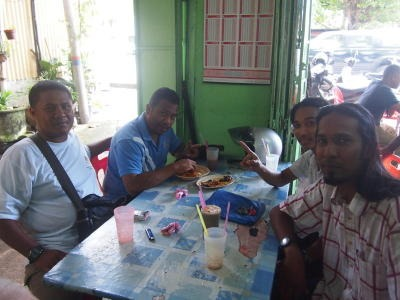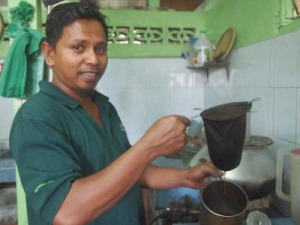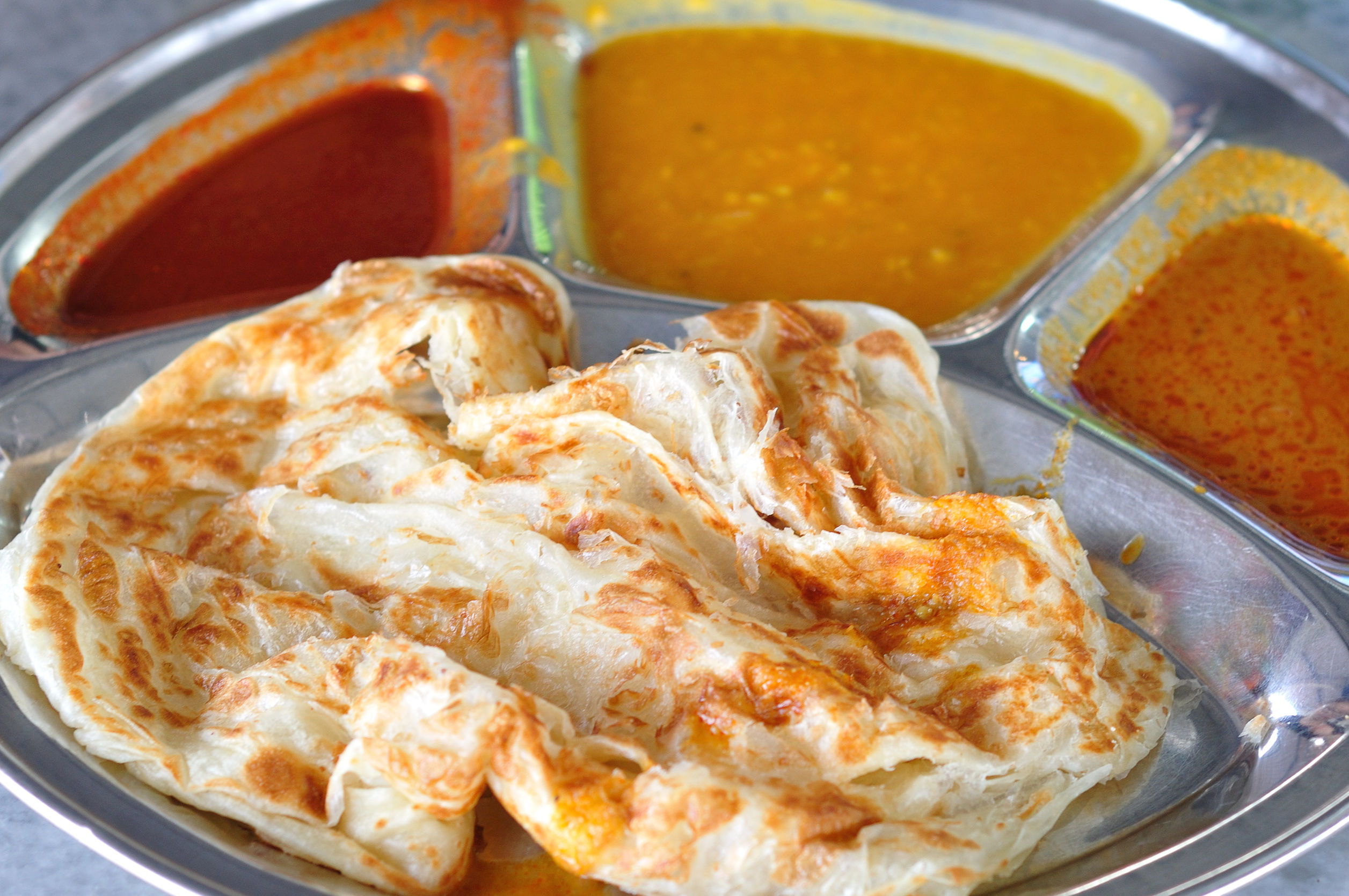Kampung Makam is a little untouched pocket of Penang.
DESPITE the many new buildings that have popped up on the island over the past few years, there are still a few relatively untouched pockets left here and there. Kampung Makam, tucked into a little cul-de-sac just outside George Town proper, is one of them.
From Gama Supermarket at the top of Macalister Road, you take Jalan Datuk Keramat out of town and slow down just past the Police District Headquarters; turn left into Jalan Haji Kassim and park near the village square.
The huge tree is affectionately referred to as the makam tree, and is apparently 300 years old. Its graceful, far-reaching boughs spread out to provide shade for everyone underneath, including a few of the oldest inhabitants: the long-deceased family of the rich businessman Haji Kassim who apparently willed the land to the villagers in 1827.
He himself lies in the makam, the mausoleum next to the Masjid Haji Kassim just beyond, from which the village gets its name.
Considering the busy traffic on the Datuk Keramat Road which whizzes by just a few metres away, this place is an oasis, and bar the odd satellite receiver and mobile phone user, sleepy village life goes on like it might have done 50 years or even 100 years ago. The 2,000 or so residents were born there for the most part, and many still live in the old wooden houses which have probably stood for the past century if not longer.
On weekdays, on the main Datuk Keramat Road itself, several small eateries have opened to cater to the needs of the villagers. They are basic and utilitarian but relatively clean and tidy, and have become known for serving tasty food at reasonable prices.
At Gerai No.3, for example, Kalsom, now aided by her daughter Zuraini, has been selling home-made nasi campur Melayu for the past 40 years.
There are about 20 dishes on offer every day, many of them the inevitable curry and sambal of various descriptions, as well as rasam, a light Indian soup made with tamarind and cumin which is apparently good for reducing fever. Their yellow vegeta-rian parapu with egg is also popular, and they’ve also just introduced assam laksa cooked by Zuraini’s sister-in-law.
Like most versions now it’s made with tinned sardines, and I’m told this (Malay) style doesn’t use any sugar in it, so it’s tart and fishy with lots of fresh julienned vegetables. From about 4pm, there’s fried kuey teow cooked to order.
A few doors away, at sebelah (next to) 269 Jalan Datuk Keramat, there’s another small outlet, run by Noor Azmi Othman.
“My grandfather started this place 30 years ago,” he explained, “and I took over after he passed away.”
It’s popular with the younger crowd, which includes the Kampung Makam Mountain Bike Team, four of whom (Johari, Razil, Sany and Irtiza) were there tucking into some dishes with gusto when I visited.
“We eat here every weekday without fail,” they told me, “because Azmi’s dishes are made from traditional recipes and really sedap (delicious)!
They love his ikan cincaru (hardtail scad) with sambal, and also his kari ikan kering (salted fish curry), both of which looked quite delicious, although sadly I didn’t have time to try any. MPPP worker Nan said he had been patronising the outlet since it opened.
In the village itself, Zahara Mohd Shariff sets up stall under the tree every afternoon like she has for the past 10 years. Here, she fries and sells batches of pisang, ubi and cempedak, which she gets from Balik Pulau when in season. She also serves refreshing, ice-cold soft drinks in plastic take-away containers – obviously, there are some 21st century accoutrements one just cannot dispense with. Her stall is popular; although it’s mid-afternoon and she’s just opened up, there are already a few customers, mainly local villagers, waiting patiently for service.
Her kueh kodok is also popular: she charges RM1 for 15 of the small balls of deep-fried home-made batter and mashed bananas. Each piece of goreng pisang or ubi costs just 10 sen, the same price as when she started a decade ago.
When I asked her why she hadn’t raised her prices, she said, “I was born in this village, and most of my customers are my neighbours and they’ve got used to my prices!”
After the sun sets, other outlets open up along that stretch of Datuk Keramat Road, selling all types of food including tom yam, ikan bakar, nasi lemak, burgers and many other items until late into the night. It’s a real street fest, visited by all and sundry, including locals and tourists, and a great example of racial muhibbah.
Long may it go on.






